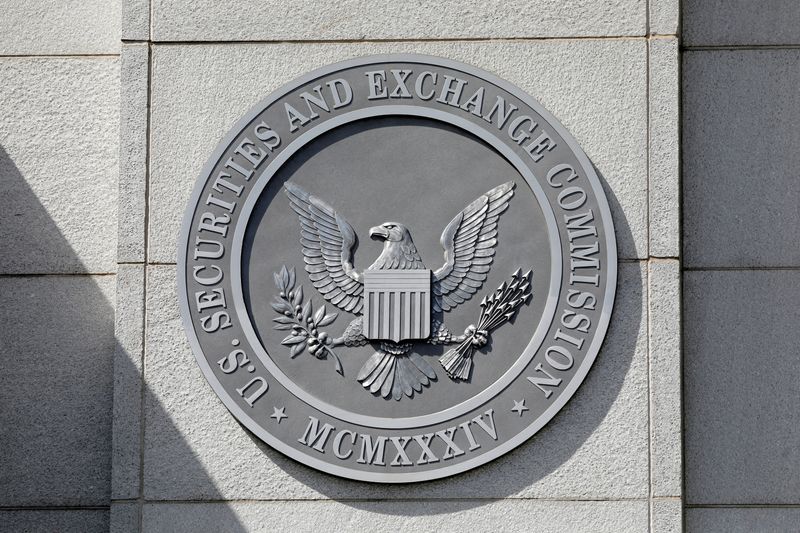By Laura Matthews
NEW YORK (Reuters) -CLS Group, the largest currency settlement system, said on Tuesday it will not change its cut-off time for payment instructions for foreign exchange trades, dealing a blow to foreign asset managers hoping for some reprieve from a new U.S. rule putting them at risk of transaction failure.
Beginning May 28, the U.S. Securities and Exchange Commission requires investors start settling U.S. equity transactions one day after the trade, or T+1, instead of the current two days.
The move, aimed at reducing market risk, an area of focus since the GameStop (NYSE:GME) trading frenzy, will decrease the time managers overseas have to line up dollars to pay for their securities. That has led to some managers to ask CLS to see what it can do to help.
"We won't make any changes on our operational timeline, because we have members who can't support that," said Lisa Danino-Lewis, chief growth officer at CLS.
With more than 40% of CLS's settlement members reporting they would need up to a year to make the necessary technology and operational changes, New York-based CLS said it cannot accommodate a delay at this time.
Changing the current deadline at midnight CET (2200 GMT, May 27) for submitting instructions related to FX trades for next-day settlement would also require regulatory changes and more comprehensive risk assessment, CLS said.
CLS said it will continue to monitor the market after the U.S. moves to a shorter settlement cycle in May, and remains open to revisiting the issue if anything unexpected occurs. It plans to issue updates in June and September.
CLS' members who cannot accommodate the change represent about 50% of the $6.5 trillion in average daily value (ADV) of transactions that CLS settles.
A survey of European firms found that because of T+1, 40% of asset managers' daily currency trades, or $50 billion to $70 billion, would have to settle outside the safety of the CLS, a figure that could rise to hundreds of billions in volatile markets.
At managers' request, CLS began studying last summer whether its CLSSettlement service can accommodate later submissions for next-day FX settlement without destabilizing the markets.
More than 50% of asset managers who were a part of CLS' outreach said they can mitigate the majority of their risk via CLS without any changes. Some 35% have yet to determine how they will respond to T+1.

Basu Choudhury, head of partnerships and strategic initiatives, at OSTTRA, a provider of post-trade solutions said that CLS's decision not to change the cut-off shows the "difficulty of making root-and-branch changes" to post-trade systems in such a short time.
"The FX ecosystem is very carefully balanced and so any changes to the structures need to be very carefully considered," said Choudhury. "But we're back to square one on the challenge of safely settling FX in line with T+1."